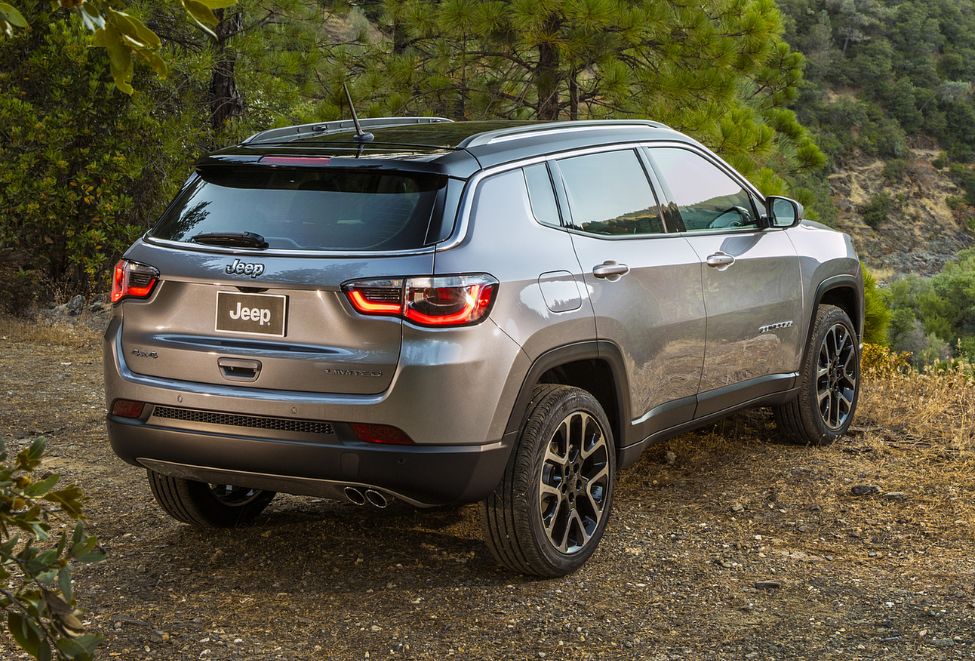If there’s one thing that stings more than a blown headlight on a rainy night, it’s finding out how much it’s going to cost you to fix it. Bulb replacement might seem trivial, but once you’re at the mercy of dealership pricing or specialized OEM parts, that simple repair can turn into a frustrating, expensive ordeal.
Whether you’re a daily commuter clocking miles in the city or a road trip junkie cruising through scenic highways, knowing the models that won’t bleed your wallet dry with every flicker of light makes a world of difference.
Some manufacturers keep it real—simple bulb housings, standard-sized halogens or LEDs, and easy access that even DIYers can appreciate. Then, some models feel like they were engineered to punish your pockets—where the only choice is going OEM, and replacing a single bulb feels like brain surgery, complete with dealership-level expenses.
In this blog, we get into the nitty-gritty of 5 car models that make bulb replacement cheap, fast, and easy, followed by 5 that demand OEM parts or specialized labor, turning a basic fix into a financial burden.
For anyone who values maintenance affordability as much as performance or luxury, this piece is your go-to guide. Buckle up and switch those headlights on—we’re diving deep!
5 Models with the Lowest Bulb-Replacement Cost
These five cars are the real MVPs when it comes to maintenance practicality. Whether it’s a halogen headlight or a taillight, replacing bulbs on these models is easy, accessible, and surprisingly cheap.
No dealership drama, no unique parts, and often, no tools required. Just pop the hood (or the trunk), unclip the old bulb, and slot in the new one—voilà! These models are built with the user in mind and keep maintenance costs refreshingly low.
ALSO READ: 5 Sedans Whose Shifter Boots Last and 5 Whose Seams Split
1. Honda Civic
The Honda Civic isn’t just legendary for its reliability—it’s also a wallet-friendly champ when it comes to routine maintenance. That includes bulb replacements.
Whether you’re replacing a headlight, brake light, or interior dome bulb, the Civic’s design ensures it’s a breeze. For many trims, especially the LX and EX, you can access the bulbs directly without removing the bumper or unscrewing complex covers.
The real bonus? The Civic accepts standard H11 halogen or 9005 bulbs in most configurations, and those cost less than ₹400–₹600 apiece in India (or about $10 in the U.S.).
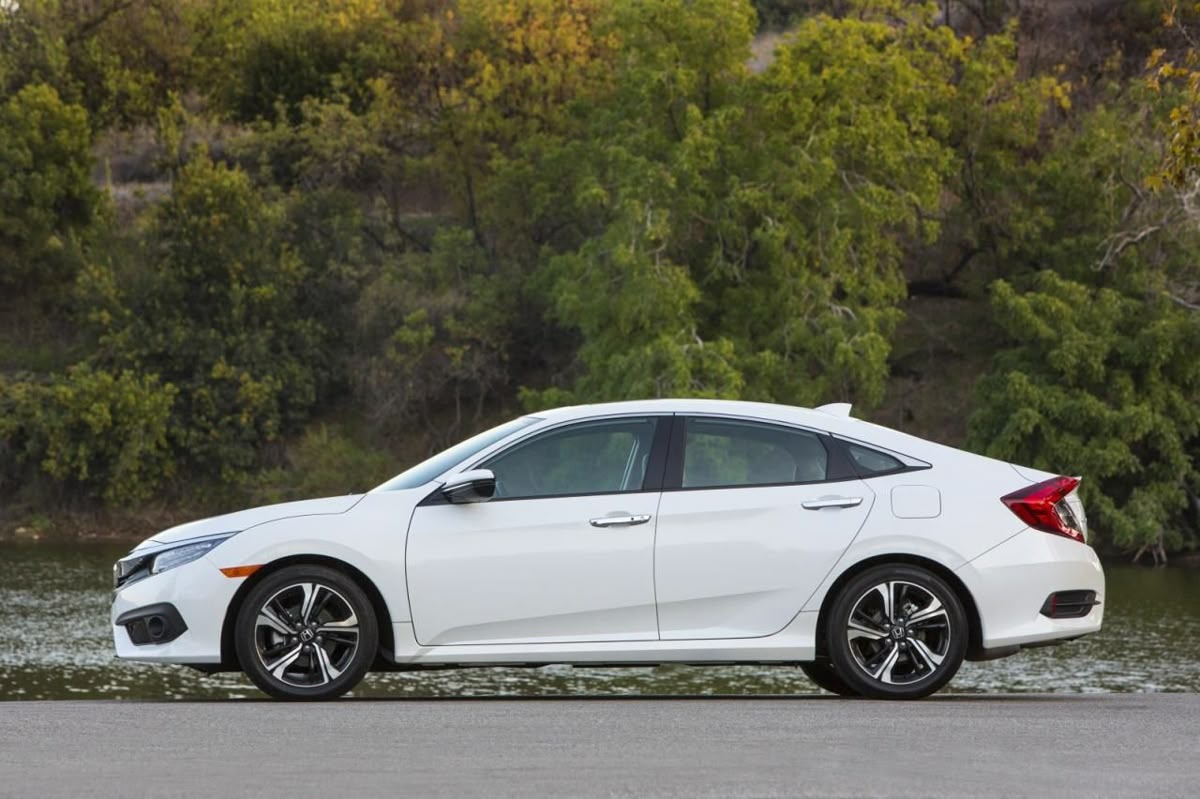
Even upgrading to LEDs won’t set you back more than ₹1,200 a pair. And because the process is straightforward, you can DIY it with zero mechanical background.
There’s also a huge aftermarket for Civic-compatible bulbs, so you’re not stuck with OEM pricing. Head to your local auto store, Amazon, or even roadside accessory vendors, and you’ll find endless options. The Civic’s engineering doesn’t require headlight modules or computer resets—just unplug, replace, and go.
In short, if bulb replacement costs matter to you, the Civic is a shining example—literally and figuratively—of how to keep things simple and budget-friendly, even after years on the road. This is everyday engineering at its absolute best.
2. Toyota Corolla
The Toyota Corolla is another top-tier commuter car that doubles down on maintenance simplicity, especially when it comes to lighting components. The Corolla uses common bulb types—like H4 or 9006 halogens—that are cheap, easily available, and built for quick replacement. No mechanic? No problem. All you need is five minutes, a basic pair of gloves, and a little patience.
For example, in most Corolla trims, the headlight assembly can be accessed from the engine bay without the need to remove panels or the front bumper. The socket housing is built for easy twist-lock removal, meaning you won’t need to deal with brittle clips or specialty tools.
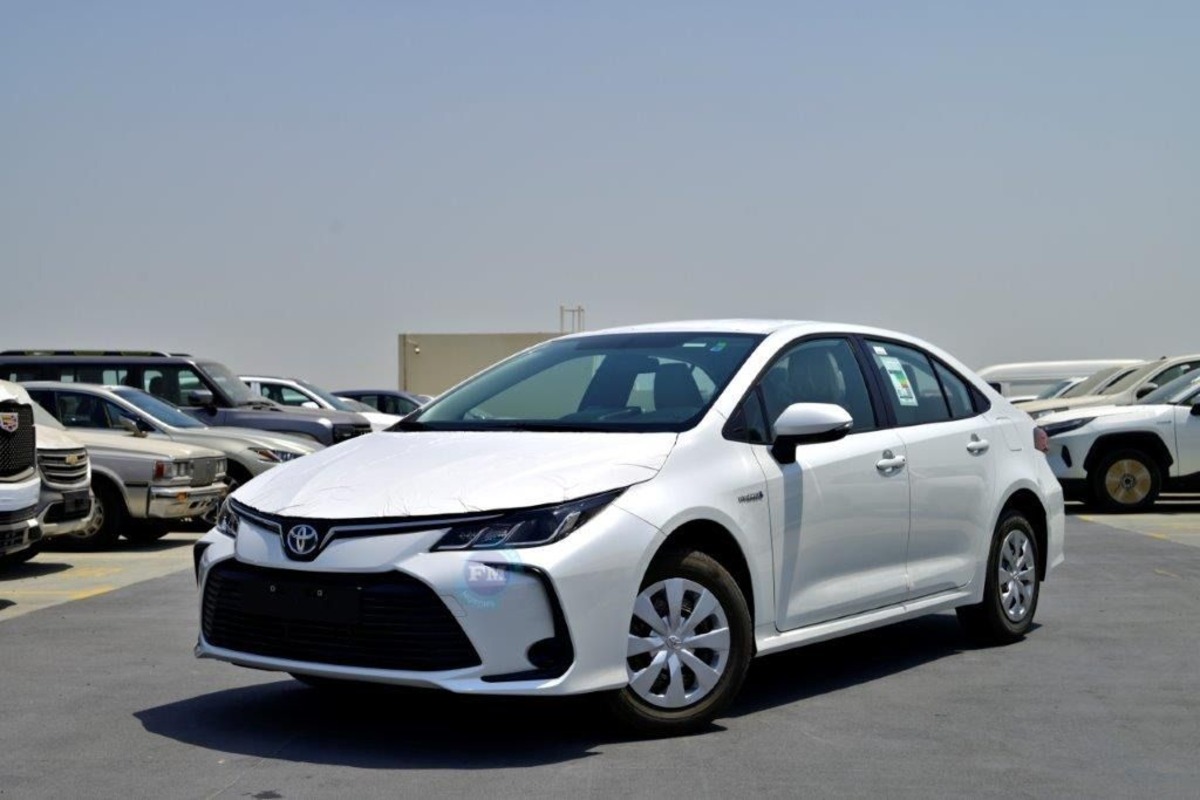
A standard replacement bulb typically costs ₹300–₹500, and many auto stores even offer free installation as a courtesy.
Even newer Corollas with LED DRLs are relatively simple. The cost of LED-compatible replacements has dropped drastically, and thanks to the car’s huge global presence, even genuine parts are available at non-premium prices.
Corolla’s edge is in its universality. The global popularity of this model means suppliers stock a wide variety of compatible bulbs—from stock replacements to performance-focused upgrades. You get versatility and affordability in one package, proving once again why the Corolla isn’t just dependable, it’s delightfully economical too.
3. Hyundai i20
In India and beyond, the Hyundai i20 continues to win hearts with its sleek design and cost-effective maintenance. One of the biggest plus points? Incredibly low bulb replacement costs. The i20, particularly the Magna and Sportz variants, comes with projector or halogen headlamps that use standard H7 or H1 bulbs—affordable, available, and dead simple to change.
Unlike cars that require bumper removal or dealer-only tools, the i20’s lighting system was designed for serviceability. The bulb housing is located in a conveniently accessible spot, and with a few finger turns, the old bulb is out and the new one in. No sensor recalibration, no fuss.
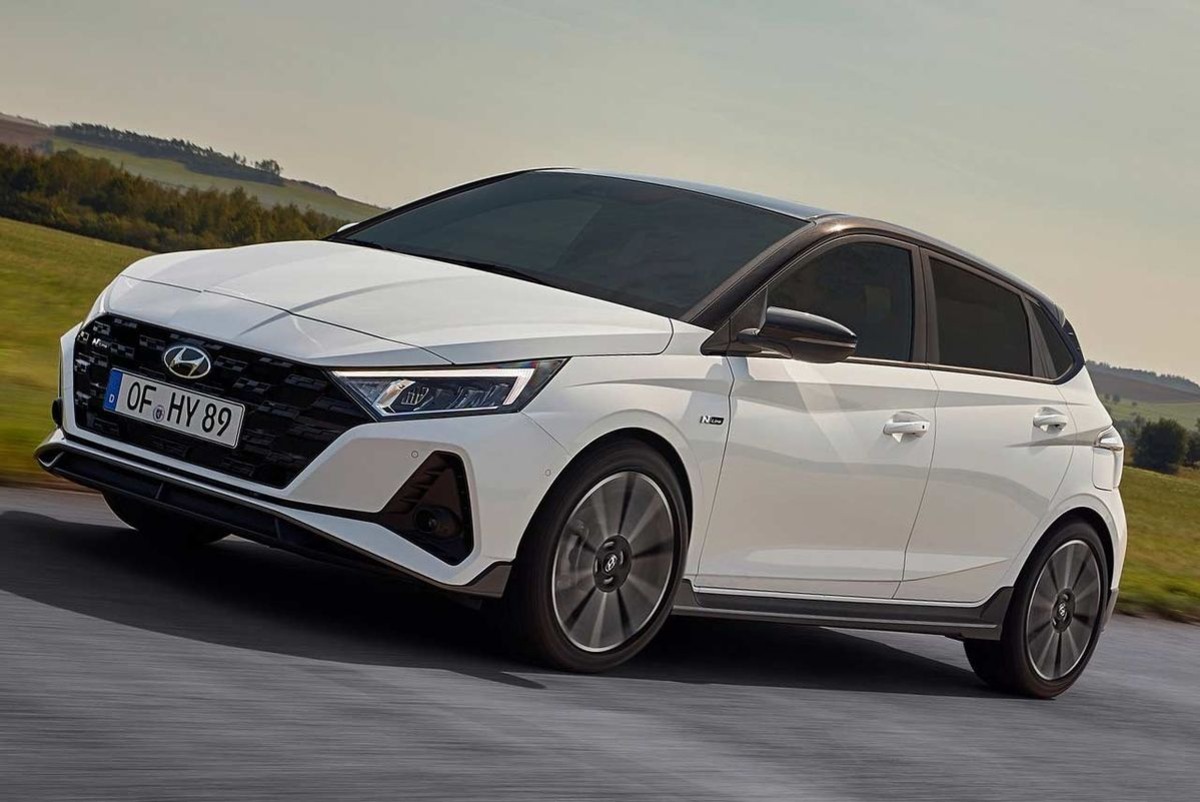
Even fog lamps and indicators follow this user-friendly trend. Replacement bulbs typically cost around ₹250–₹400. With a bit of care, you can handle the swap in your driveway or garage. This is especially great for people who drive regularly and need quick fixes without running to the service center.
Hyundai’s large aftermarket parts network in India ensures you’re spoiled for choice, from Osram and Philips to budget-friendly brands. So, if your goal is to keep long-term ownership light on your wallet—without compromising on convenience—the i20 delivers in every beam, blink, and brake light.
4. Maruti Suzuki Swift
The Maruti Suzuki Swift doesn’t just dominate sales charts in India—it also keeps your maintenance costs ridiculously low. When it comes to bulb replacements, few cars offer such an ideal balance of accessibility, low part cost, and do-it-yourself simplicity.
Headlight bulbs in the Swift are standard halogens (typically H4), widely available for ₹150–₹300. Better yet, the headlamp unit doesn’t require removal for replacement—you can access the bulb holder from behind with just a slight tug on the harness clip. No tools needed, no service appointment required.
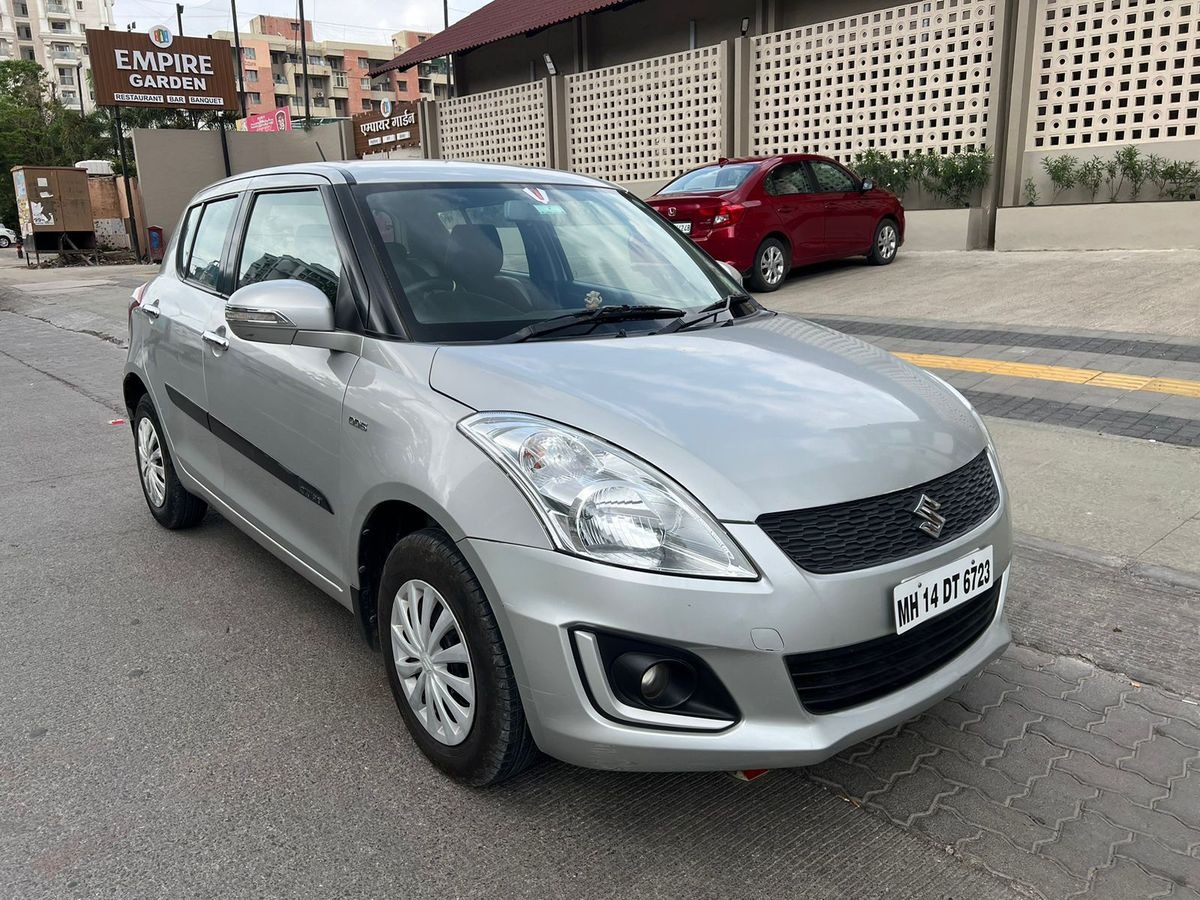
The Swift’s popularity means parts are stocked in even the smallest roadside garages. You’ll find replacements from every major bulb manufacturer, and most mechanics will install them for free or for a nominal fee if you choose not to do it yourself. Even tail lamps and cabin bulbs follow a similar pattern—easy to reach, easy to replace.
Its modular design is part of what makes the Swift so enduring. It doesn’t trap owners into brand loyalty for basic fixes. You can skip the dealership entirely and still get high-quality parts that won’t fail you.
This is everyday motoring, made smarter and cheaper—perfect for city drivers and college students alike. With the Swift, replacing a bulb is no more complicated than replacing a pen cap.
5. Ford EcoSport
Ford may have exited the Indian market, but the EcoSport remains a strong presence on the roads—and a surprise entry on this list for its cost-effective lighting maintenance. Many owners still praise the car’s thoughtful design, especially how accessible its bulb housings are.
Halogen headlamps (usually H11 or 9005) are a standard fit in most trims, and replacing them doesn’t involve dismantling the front end. The bulb is reachable via the engine bay, and the socket lock mechanism is straightforward.
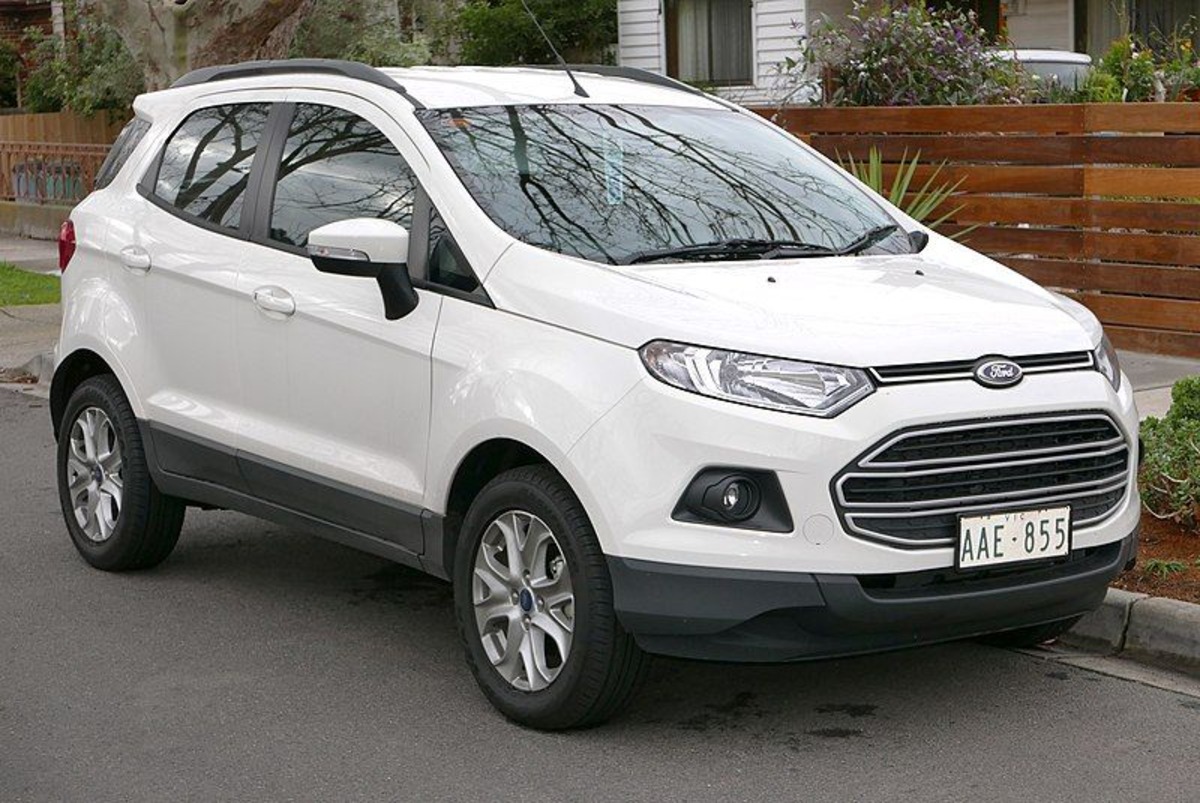
A compatible bulb can be had for ₹400–₹600, and even the slightly pricier LED conversions are easy to source thanks to the car’s popularity in the used market.
Tail lights, indicators, and fog lamps are equally easy to swap, making the EcoSport a great pick for budget-conscious enthusiasts who enjoy a bit of DIY tinkering. Despite the brand’s service withdrawal from India, spare parts—including bulbs—are still widely available from trusted suppliers and online marketplaces.
All things considered, the EcoSport punches well above its weight in the value-for-maintenance category. If you’re holding on to one or planning to buy pre-owned, you’ll love the ease and affordability of small repairs like bulb replacements.
5 Models Needing OEM Parts for Bulb Replacement
Here’s where things get expensive. These five models are stunning, luxurious, and often loaded with tech, but replacing a simple bulb isn’t simple at all.
Most require proprietary OEM parts, dealership expertise, and often even bumper removal or diagnostic resets. Bulb replacement quickly turns from a ordeal. For buyers prioritizing ease of maintenance and long-term cost, these cars can be a real eye-opener once their lights start flickering.
ALSO READ: 5 SUVs with the Most Durable Grab Handles and 5 That Break
6. BMW 3 Series
BMW builds performance machines, no doubt—but even basic maintenance can feel like aerospace engineering. Take the 3 Series: gorgeous to look at, thrilling to drive, but annoyingly over-engineered when it comes to lighting.
Most variants use HID or LED systems with built-in modules. These aren’t just plug-and-play. If a headlight goes out, you’re likely dealing with a sealed unit that can only be accessed by removing the bumper or wheel arch. Worse, if you’re out of warranty, you’ll be told OEM is the only safe replacement—₹8,000–₹20,000 minimum in India, plus labor.
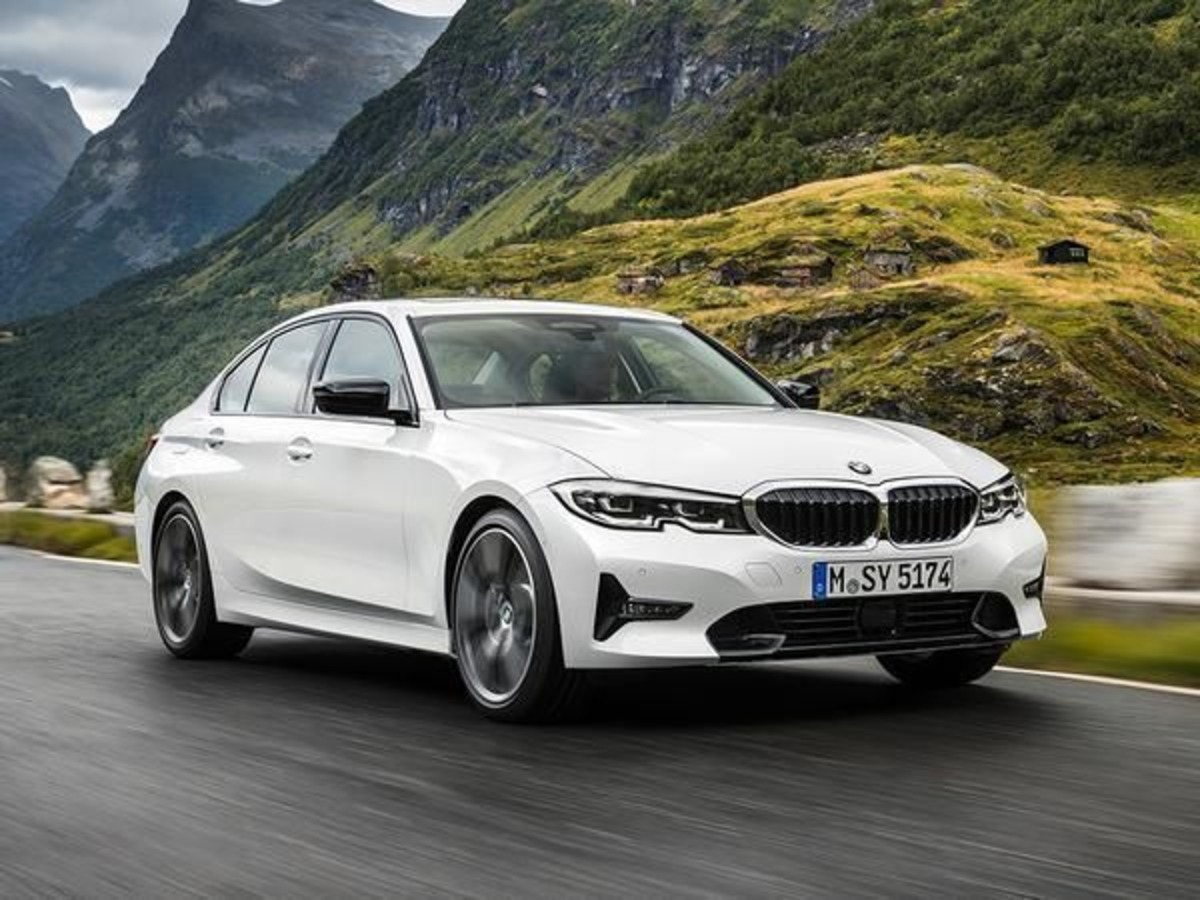
Even changing interior or indicator bulbs can require access through tightly packed panels or coded components. You might even need the dealership to reset the car’s system post-installation, especially on newer G20 variants.
And aftermarket options? Scarce or unreliable. Go rogue, and your dash might light up with warnings. BMW’s logic is simple—force loyalty, and they keep control. As much as we love the 3 Series for its driving dynamics, it’s a classic case of German engineering making life harder than it needs to be.
7. Audi A4
The Audi A4 is a tech-laden beauty with one frustrating downside: lighting maintenance is outrageously complicated. Modern A4s come equipped with full LED systems, matrix lighting, or xenon setup,s depending on the variant, and nearly all are sealed units.
That means if a single bulb malfunctions, you’re not just replacing a bulb—you’re looking at swapping out entire headlight assemblies.
Worse still, Audi’s LED systems often integrate DRLs, turn signals, and low/high beams into a single housing. If anything fails, the dealership typically recommends full OEM replacements, which can run from ₹25,000 to ₹60,000 per unit in India.
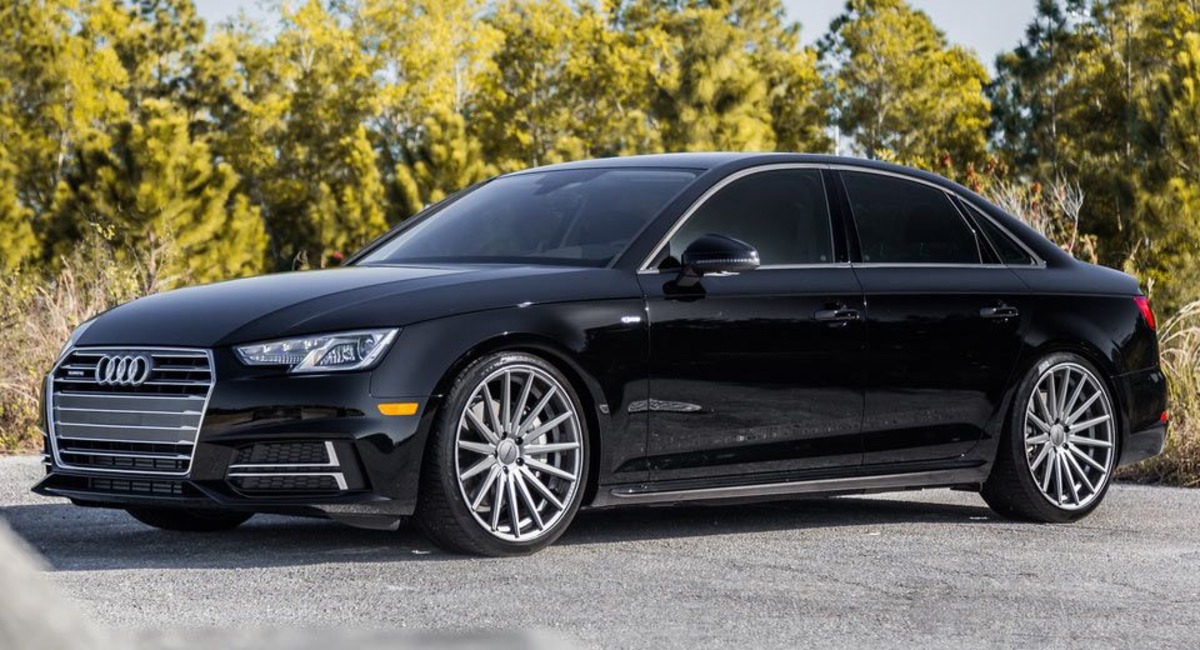
And don’t forget labor costs—removing the bumper or recalibrating the sensors is rarely something your local mechanic can manage.
Even the fog lamps or rear indicators aren’t safe. In many trims, access panels are awkward or nonexistent, forcing owners to seek dealership help. Coding might also be necessary after installation, especially in models with adaptive lighting features.
To Audi, this is “premium integration.” To the owner, it’s costly complication. You’re paying for beauty and tech, but the moment your A4 throws a bulb error, prepare to fork over some serious cash or risk voiding your warranty with third-party fixes. Stunning car, painful upkeep.
8. Mercedes-Benz C-Class
The C-Class represents Mercedes-Benz at its elegant best—but if you thought German luxury meant engineering made easy, think again. Replacing a bulb on the C-Class is like cracking a safe. You’re dealing with LED modules sealed behind covers, under tightly packed engine bays, sometimes even requiring bumper disassembly.
Mercedes models like the C220d often integrate adaptive LED lighting and “Intelligent Light System” tech, which makes using non-OEM bulbs nearly impossible.
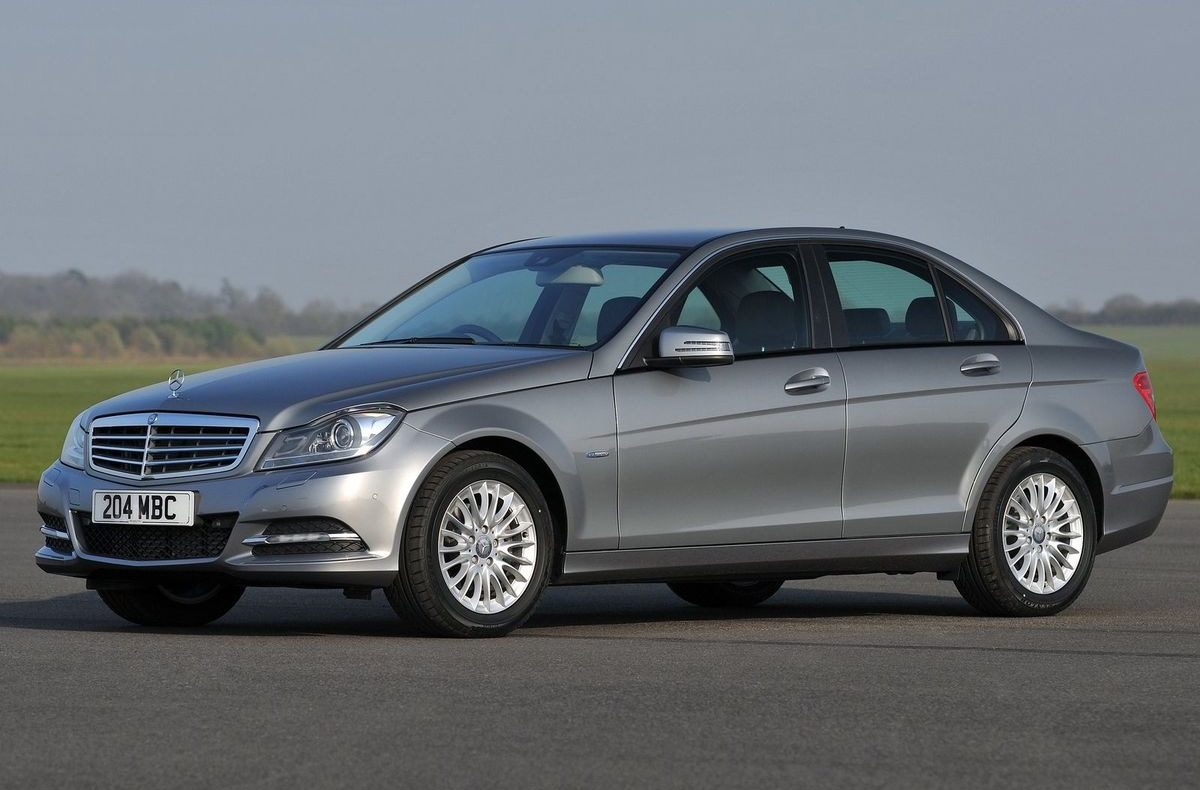
The car’s internal systems will often throw errors if it detects improper voltage or incompatible bulb specs. That forces you into OEM territory—where just one bulb module can cost ₹15,000–₹40,000.
Even interior lights come with quirky limitations. Some are embedded in soft-touch panels that require prying tools and professional hands to access without damage. The tail lamps and brake lights follow a similar trend. It’s not that the C-Class lacks quality—it’s just not meant for DIY repair.
Mercedes’ own service network further adds to the pain. Expect mandatory diagnostics before replacement, adding time and cost to what should be a minor job. This car may shine on highways and turn heads at red lights, but when the lights dim, so does your financial peace of mind.
9. Tesla Model 3
Tesla may have revolutionized the auto world, but its Model 3 brings a fresh kind of pain when it comes to something as basic as bulb replacement. Thanks to its fully integrated lighting setup—where LEDs are baked into headlight units—you can’t replace just one bulb. You either replace the entire module or deal with a partially functioning system.
Tesla doesn’t do “aftermarket” in the traditional sense. Third-party replacements are minimal, and even if you manage to source compatible parts, installing them risks voiding your warranty.

Tesla service centers prefer full OEM modules, and pricing can easily climb to ₹40,000–₹80,000 for a headlamp assembly.
Things don’t improve inside either. Cabin bulbs are minimal and embedded in touch-sensitive panels. Opening or replacing them without guidance can damage the housing or trigger warning messages on the central screen. And if anything needs software recalibration afterward, only Tesla’s service software can handle it.
The eco-futurism of the Model 3 comes at a steep cost when anything breaks. The brand’s push for minimalism, while attractive, makes simple maintenance an exercise in patience and pockets. It’s the future of driving—until your future starts blinking at you and costs the price of a high-end phone to fix.
10. Jeep Compass
The Jeep Compass straddles the line between rugged and refined, but when it comes to bulbs, it unfortunately leans toward frustrating. While the Compass is built for off-road glory, its lighting system wasn’t designed with DIY enthusiasts in mind.
For starters, the headlamp housing is tightly packed. On most variants, bulb replacement requires you to go through the wheel well or even remove the bumper to access the bulb holder.
And if you’re dealing with the higher-end Limited or Trailhawk variants that use HID or Bi-Xenon bulbs, you’re not getting away without an OEM replacement. Prices range from ₹6,000–₹12,000 for just a single bulb, and labor is typically billed separately.
Even tail lights can be complex, often requiring partial removal of the light unit and the use of torque tools. Jeep’s own service network isn’t known for quick or cheap turnarounds either, which means a blown bulb can eat into both your wallet and your weekend.
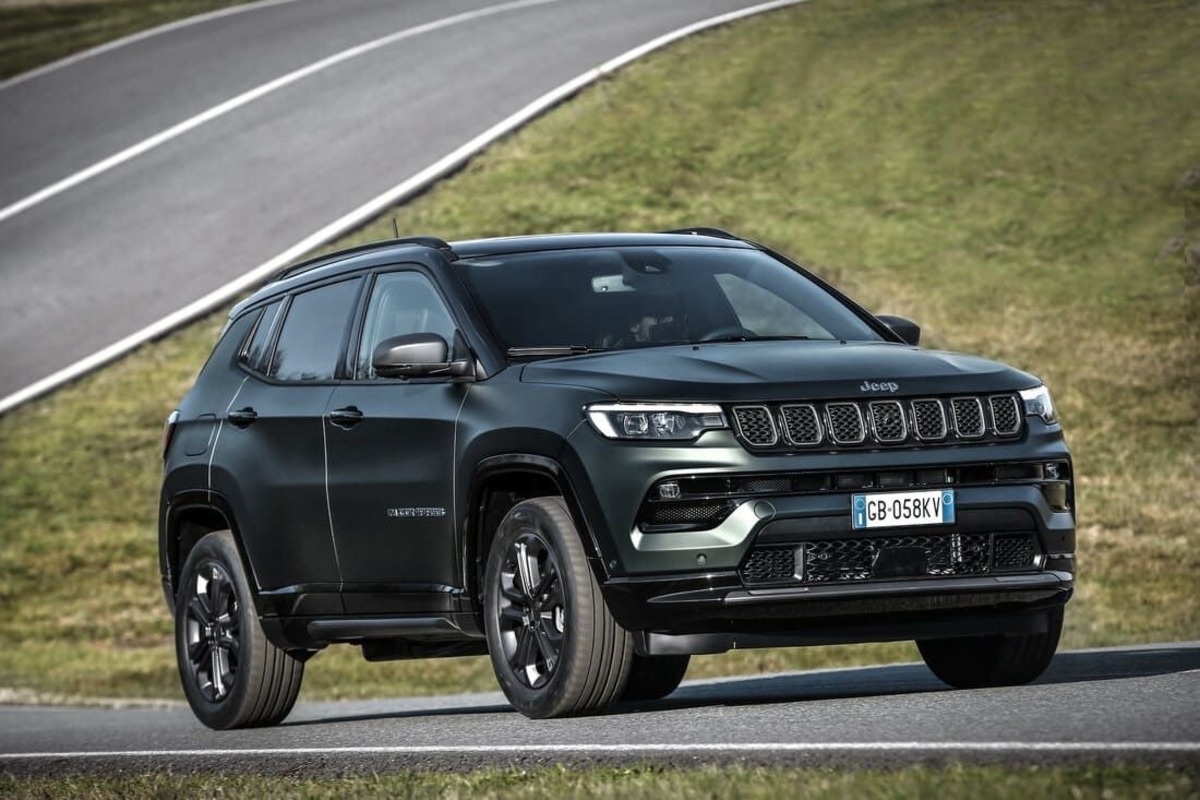
The Compass is built to conquer rough terrain, but under the hood, it’s a reminder that rugged design doesn’t always mean easy repairs. It’s a capable SUV, no doubt—but in this case, capability doesn’t translate to affordability when your lights go dark.
When it comes to car ownership, it’s easy to focus on the big numbers—mileage, engine specs, insurance, and resale value. But sometimes, it’s the little things like bulb replacement that end up creating surprisingly big headaches. Whether it’s a flickering headlight at night or a failed brake light that could get you fined, these tiny components demand attention—and money.
Cars like the Honda Civic, Toyota Corolla, Swift, i20, and EcoSport prove that practical design and affordable maintenance are still alive and well. These models respect your time and money, letting you make quick, painless fixes with off-the-shelf bulbs and DIY ease. For budget-conscious drivers, students, or those who just want peace of mind, these cars tick every box.
On the other side, models like the BMW 3 Series, Audi A4, Mercedes C-Class, Tesla Model 3, and Jeep Compass show us that high-tech lighting and sleek design often come at a high cost.
OEM-only parts, dealership dependency, and complicated access turn a basic fix into a premium problem. They may drive beautifully and look fantastic, but they demand more from your wallet when the bulbs start to fade.
So next time you car-shop, remember: the devil’s in the details—and sometimes, that devil is a headlight. Choose wisely. Drive brightly.

